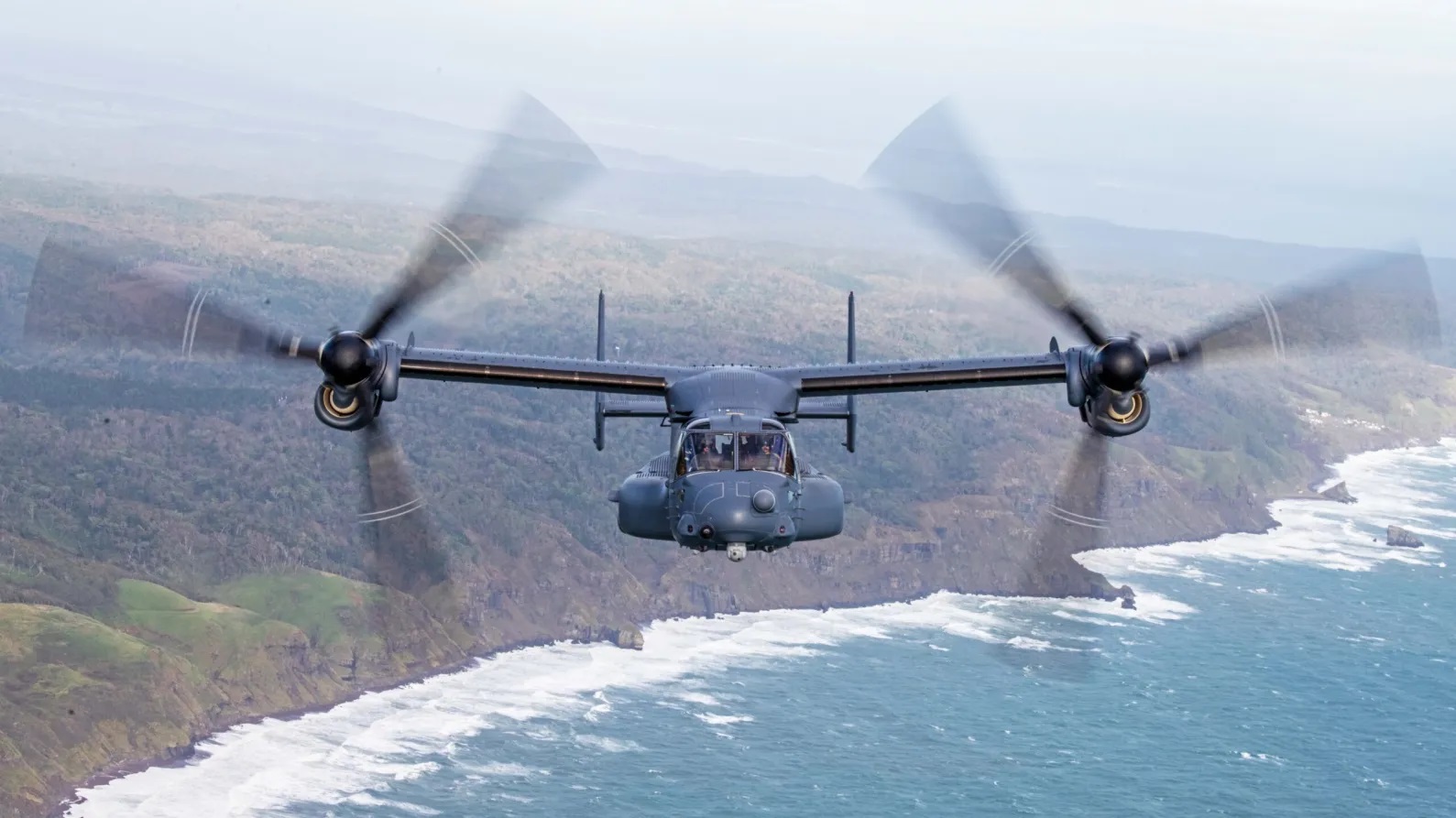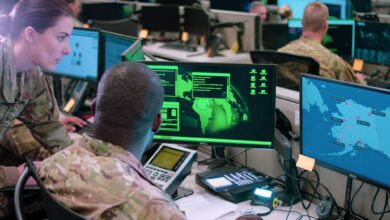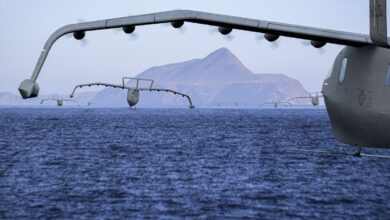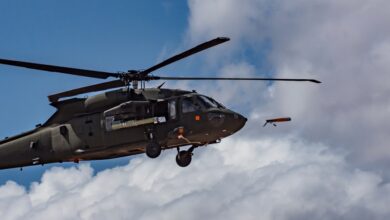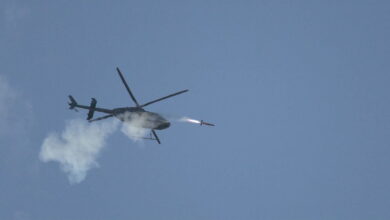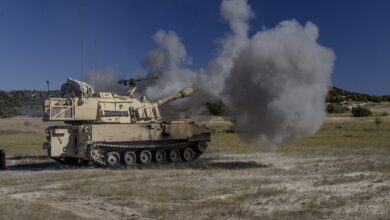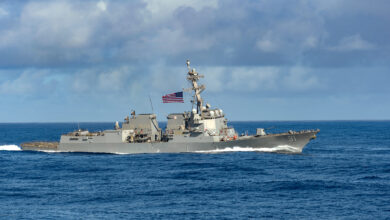The Air Force Special Operations Command has announced that it will deploy some of its fleet of CV-22 Osprey aircraft in a few weeks for counter-terrorism operations.
However, each aircraft must remain within 30 minutes of a safe landing zone as part of “a mission planning issue,” AFSOC Commander Lt. Gen. Michael Conley and a command spokesperson said.
At the AFA Air, Space & Cyber Conference, Conley stated that the two CV-22B Ospreys in Japan and England “are almost back to full mission readiness,” and will be deployed in remote locations in a few weeks.
The lieutenant general declined to name the locations but noted that it would not be in Europe or the Indo-Pacific.
About 60 percent of the command’s 51 CV-22B aircraft have already returned to full flying status, and the rest should be back by late 2024 or early 2025, he added.
This announcement comes after the decision to ground the fleet in early December following a fatal crash off the coast of Japan in November 2023, killing eight airmen.
V-22 Osprey’s Troubled History
The Osprey tilt-rotor aircraft, which can fly like a helicopter and a plane, has been involved in more than 10 deadly crashes since 1991 with 62 fatalities.
In the past two years alone, four accidents were recorded.
Failed gear was determined as the cause of the most recent November 2023 crash, according to the Air Force Accident Investigation Board headed by Conley.
In August 2023, three US Marines died during a drill in Australia after their plane went down.
In 2022, four US Marines lost their lives in Norway when their aircraft crashed during NATO exercises in March, while five were killed in an accident near Glamis, California, in June.
The aircraft’s mechanical and safety issues over the years have raised concerns about the recent plan to resume operations.
“To be blunt about it, I would not put the men and women of AFSOC back on the plane if I wasn’t confident that it could do what we needed it to do,” Conley said.
“As part of my Accident Investigation Board duties, I spent time with families after the report came out, and that’s hard,” he continued.
“Those families are still grieving, and I appreciate that. They were all gracious to me and my team as we met and spent time with them. I owe it to the families to make sure that we’re giving [Airmen] the safest aircraft we can. And I wouldn’t put them in harm’s way if I didn’t have confidence in it.”

